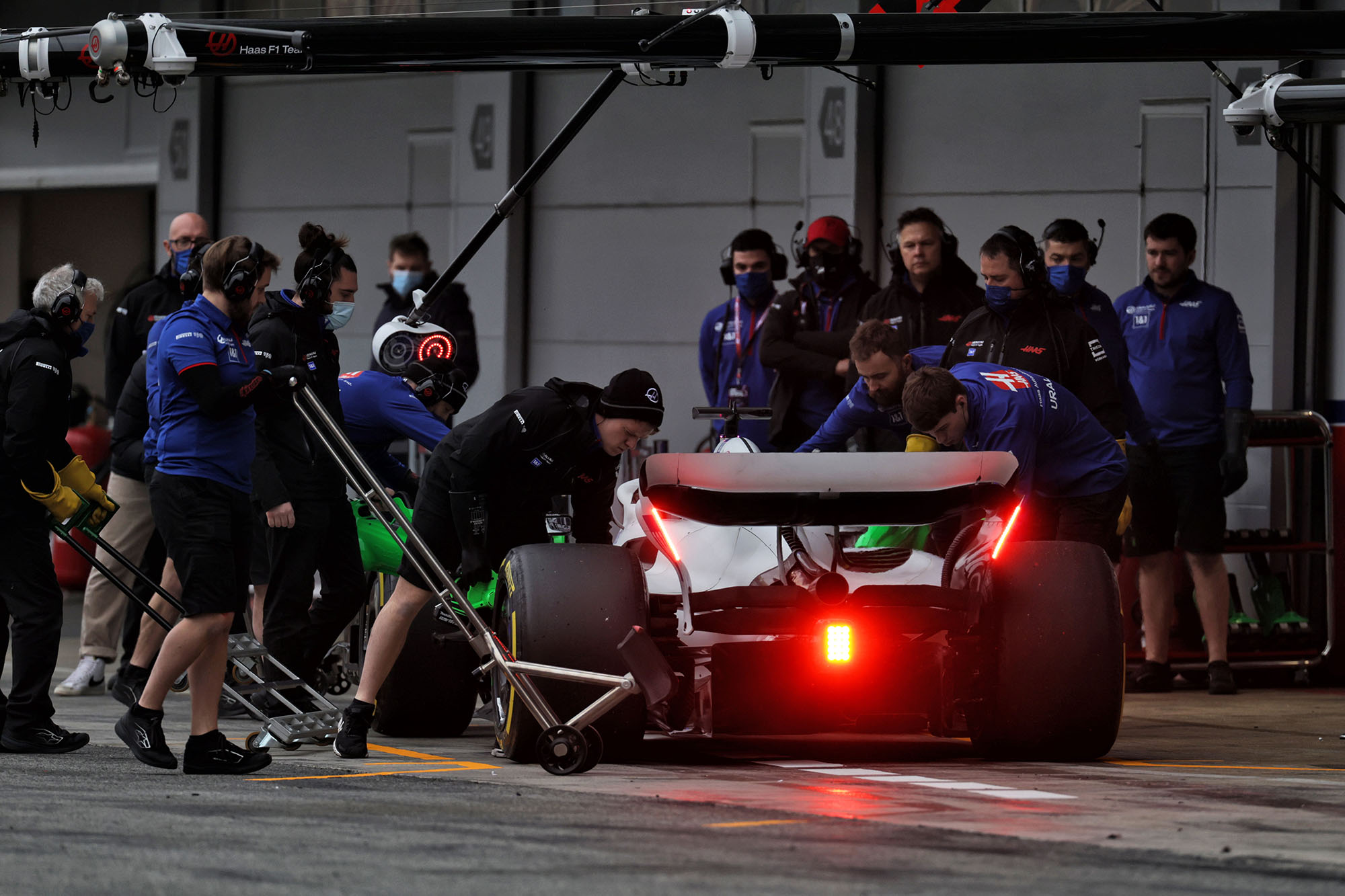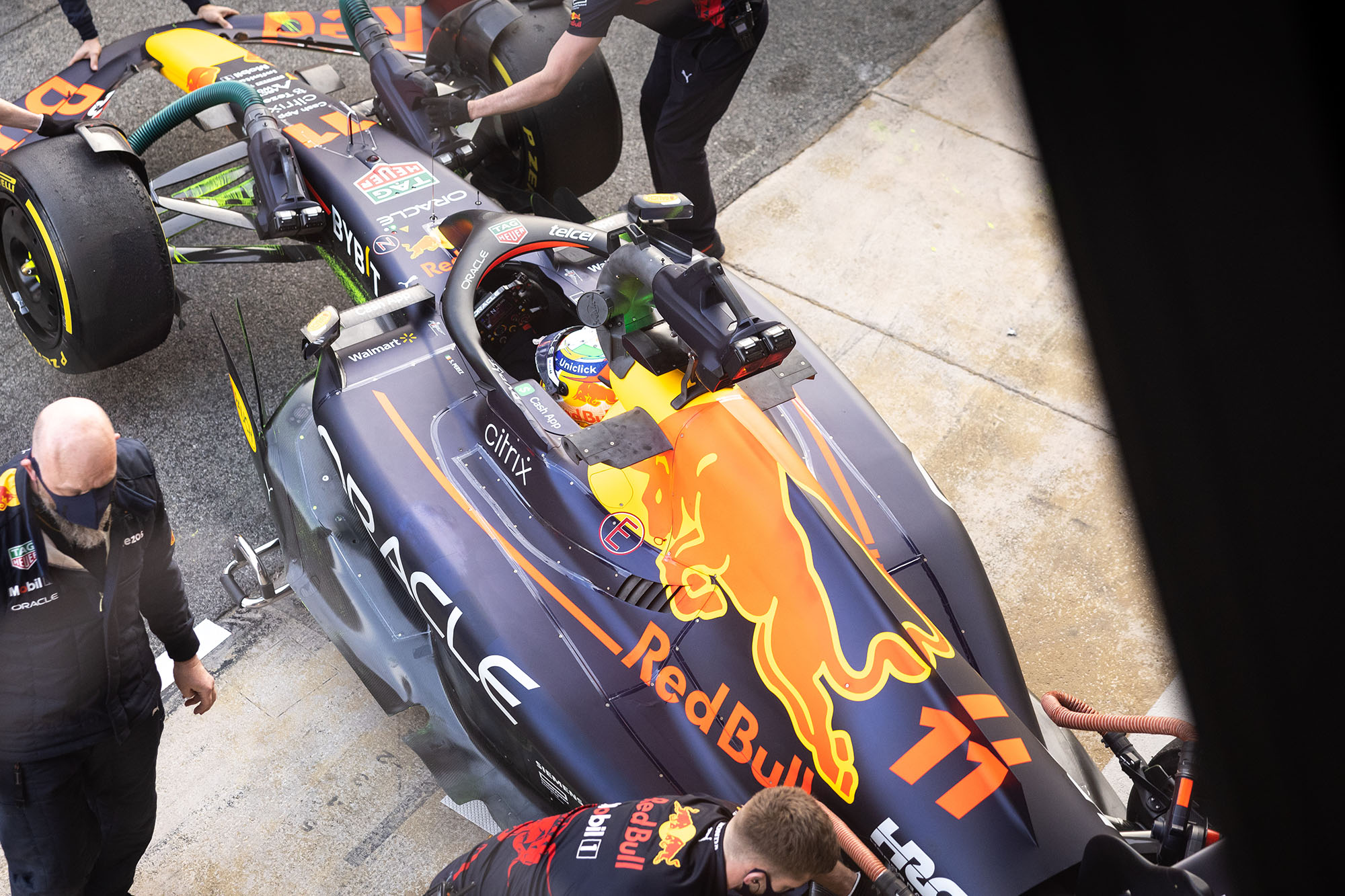Up Next

The majority of Formula 1 teams are struggling to hit the minimum weight laid out in the 2022 regulations despite this rising by 43kg this year.
What is now called the “minimum mass” regulation increased to 795kg this year from 752kg last year. The minimum weight is measured without fuel and using dry-weather tyres.
Despite the increase, most are having difficulty getting down to the weight. While this is not unusual for dramatically new regulations, the 2022 regulations have posed a particular challenge for F1 teams.
Haas is among the teams that faces a struggle to get down to the minimum weight. But technical director Simone Resta points out that it won’t know exactly where it is until it has a definitive-specification car in Bahrain next week.
“Probably my best answer is we will have a better idea at the end of test two when we try to put together a car in the best way,” Resta told The Race when asked how close to the weight limit Haas is.
“You take it to the bare minimum of what you need to do to go racing. You do your trade-offs and then try to refine the spec for the race.
“[After test two], we’ll probably have a better take about where we are in that respect.”

The minimum weight will increase again by 1kg to 796kg next year, continuing the creeping rise of the past decade.
Originally, the new regulations put the minimum weight of the car at 775kg, which would have represented a 23kg increase. This was primarily to account for the increased weight of the 18-inch wheels.
But this subsequently rose to the current 795kg, primarily as a consequence of improved safety provisions.
Despite that, there was lobbying to raise it even more because of the challenge of hitting the weight limit given the fact that the increase in standard-supply parts (rather than parts optimised individually by teams) and the constraints of the cost cap made this even more difficult.
“It’s a struggle for a lot of people,” said Resta. “I remember in the meetings in the teams and FIA, there was a lot of push and try to progressively raise the minimum weight, which was done in steps.
“It’s never enough, but we will measure ourselves probably at the end of test two. Will try to be in the closest possible spec.”

Even F1’s biggest teams have faced a battle to hit the minimum weight, with suggestions Red Bull is among those struggling – albeit not by a massive margin. But it won’t start to become clear until the season starts who is overweight.
It’s understood there has been continued lobbying to raise the minimum weight further, although it’s unclear whether such a proposal would gain the required support to be voted through.
Collectively, the drivers have pushed back against the increasing weight of F1 cars. However, this policy is primarily motivated by a desire to stop it rising further rather than an expectation it could be reduced given the impossibility of reversing some of the factors that raised the weight.




